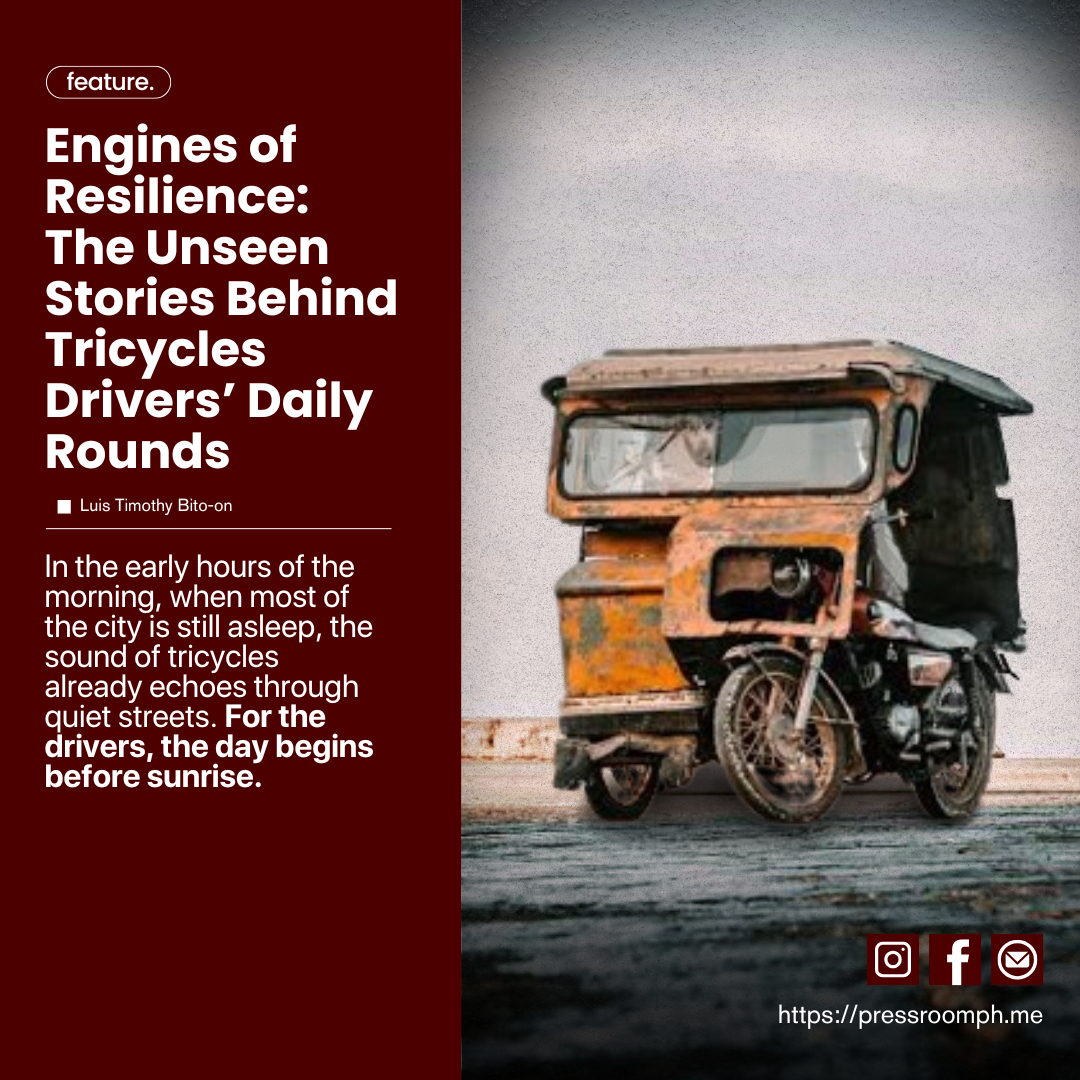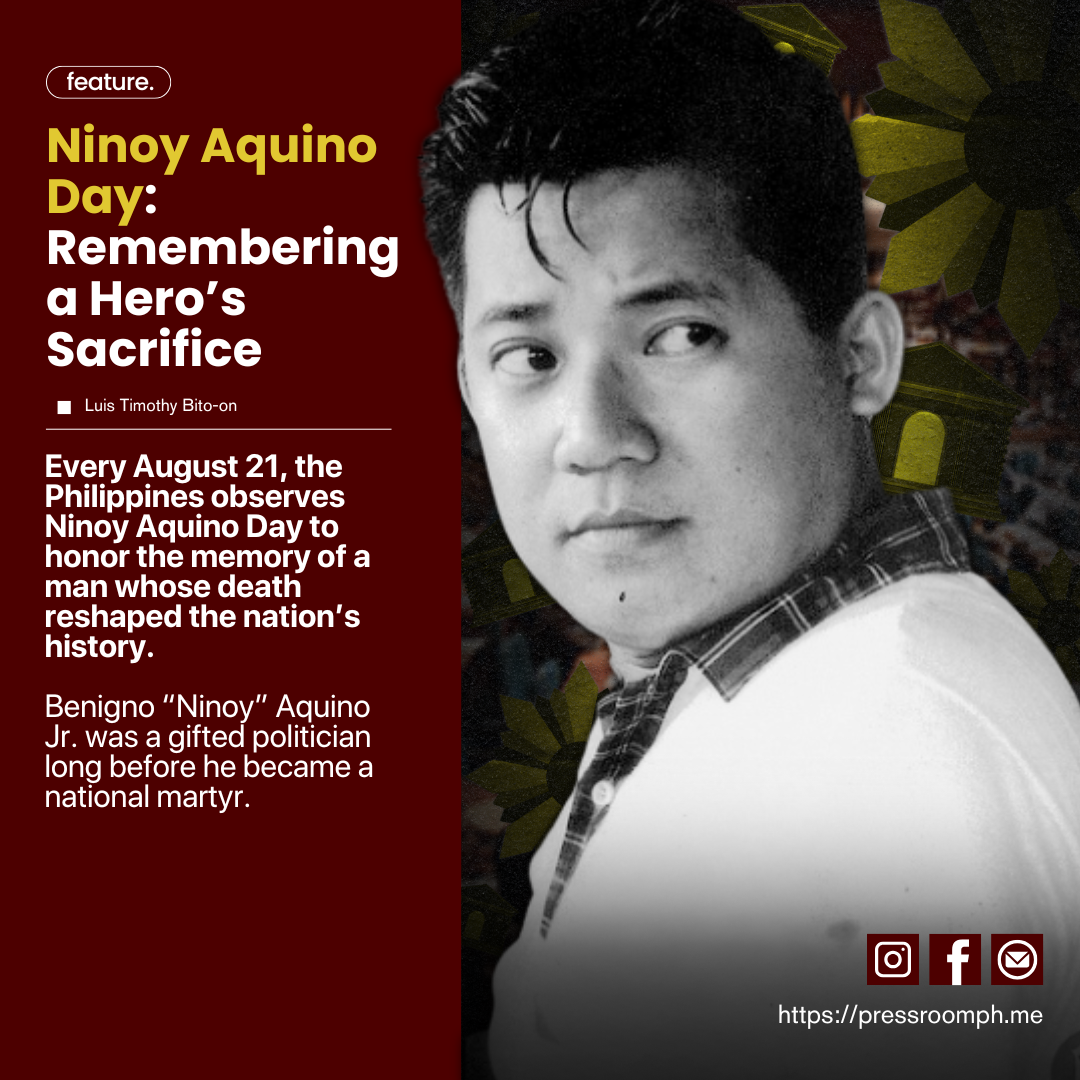In the early hours of the morning, when most of the city is still asleep, the sound of tricycles already echoes through quiet streets. For the drivers, the day begins before sunrise. Engines are checked, tires are inspected, and fuel is measured sparingly before they set off to the nearest terminal. By the time the first wave of students and office workers step out of their homes, tricycle drivers are already lined up, ready to bring them to their destinations.
Driving a tricycle is more than just steering a vehicle. It is a test of patience, endurance, and constant calculation. Each day’s income is unpredictable. A few rides during rush hours can mean a good start, but on lean days, drivers often spend long hours waiting at terminals, hoping for passengers. Fuel prices, boundary fees, and maintenance costs quickly eat into their earnings. At the end of the day, many drivers bring home just enough to cover basic needs.
Despite the hardships, family remains their driving force. Many drivers are parents who rise each day with one purpose—to provide for their children. The small bills they fold into their wallets after a day’s work often go directly to buying rice, paying electricity bills, or covering school expenses. Education is a common dream among them: that their children will one day finish school and find jobs beyond the rough grind of the streets.
For spouses left at home, the tricycle’s daily income is stretched carefully to sustain the household. Meals are planned around what the driver earns, and every peso is accounted for. Some families supplement the income with small businesses or part-time work, but the tricycle remains the main lifeline. For children, the tricycle is not just a means of transportation but a symbol of their parents’ sacrifice.
The toll of the work, however, is undeniable. Long hours under the heat of the sun or in the middle of pouring rain test the health and stamina of drivers. Many spend entire days on the road, sacrificing rest and even family gatherings to make ends meet. Some miss birthdays, school activities, or simple moments at home because they cannot afford to lose a day’s worth of income. Still, when they return home at night, they make time for their families—sharing meals, listening to their children’s stories, or fixing their tricycle for the next day’s grind.
Tricycle drivers are more than breadwinners. They are also community fixtures. They know their passengers by face and, at times, by name. They ferry students to schools, employees to workplaces, and families to markets. In times of emergency, many become first responders, bringing the sick to hospitals when ambulances are delayed or unavailable. Their presence ensures that daily life in towns and barangays continues to move, especially in areas where bigger vehicles cannot pass.
But despite their vital role, tricycle drivers often remain overlooked in discussions about urban planning and transport modernization. Their contribution is rarely highlighted, even as they shoulder the burden of serving both family and community.
For them, every trip carries more than just a passenger. It carries the hope of putting food on the table, the dream of sending children to school, and the determination to survive another day. The tricycle may be small compared to buses and jeepneys, but for the drivers and their families, it is a vehicle of survival, sacrifice, and perseverance. And for the communities they serve, it is a symbol of accessibility, reliability, and care on three wheels.






